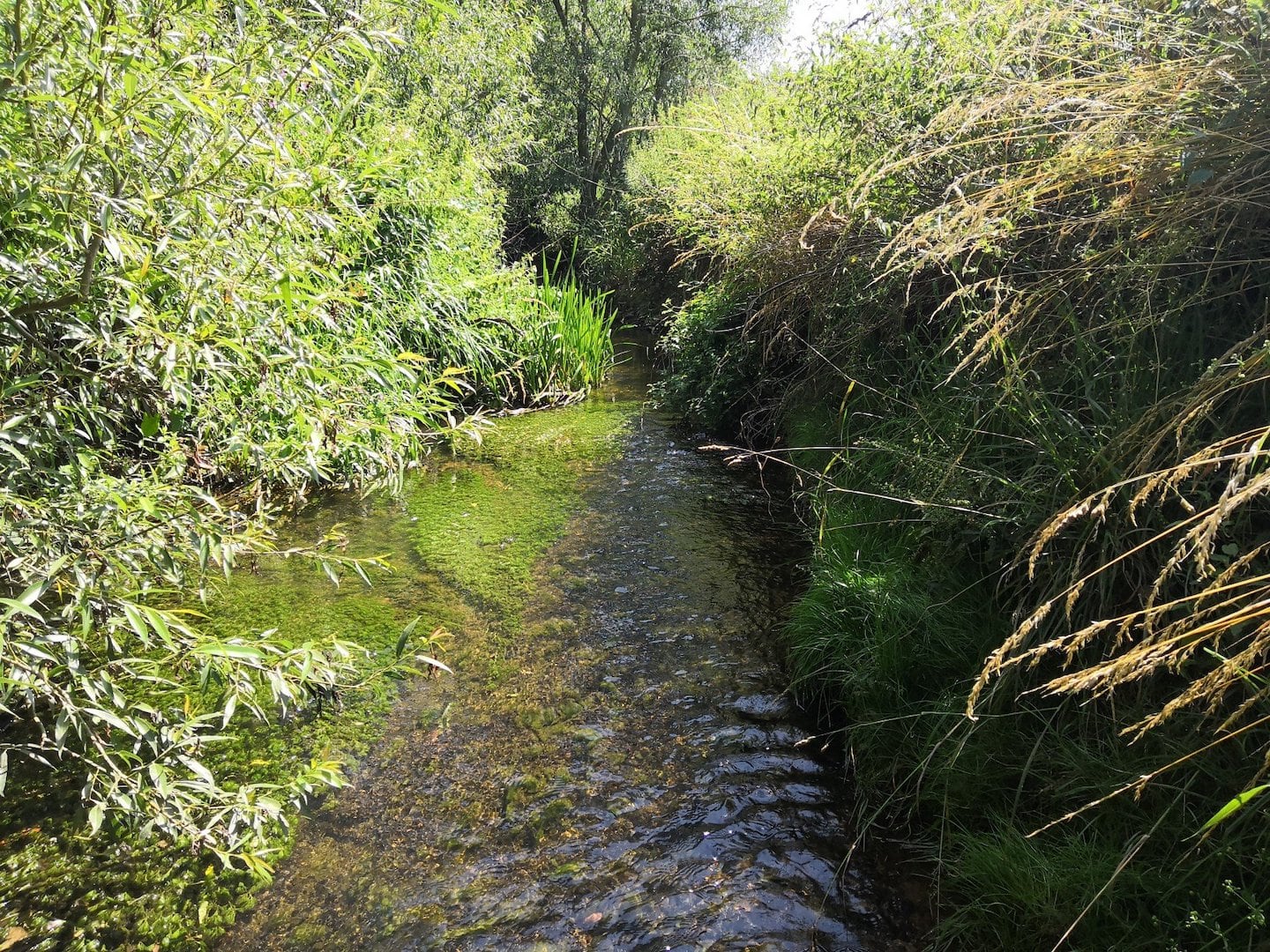What makes the Mease special?
The River Mease meanders from Ashby-de-la-Zouch westwards across Leicestershire, Derbyshire and Staffordshire where it meets the River Trent. Covering around 25km (16 miles) the River Mease represents one of the best examples of an unspoilt meandering lowland river.
The rural river supports otters, crayfish and the incredibly rare Spined Loach. It is designated as a Special Area of Conservation (SAC) and a Site of Specific Scientific Interest (SSSI).
There are over 4,000 SSSIs in England, covering around 8% of the country.
The River Mease represents a lowland clay river supporting nationally significant populations of spined loach Cobitis taenia and bullhead Cottus gobio , two internationally notable species of native freshwater fish with a restricted distribution in England.
They have been designated because of a possible threat to the special habitats or species which they contain and to provide increased protection to a variety of animals, plants and habitats of importance to biodiversity both on a national and international scale.
There are currently 615 SACs within the UK.
Despite being highly- designated, the River Mease still suffers from poor habitats and water quality problems in some areas. As part of the partnership, we’re now addressing the pressing issues the river faces.
Gallery of species
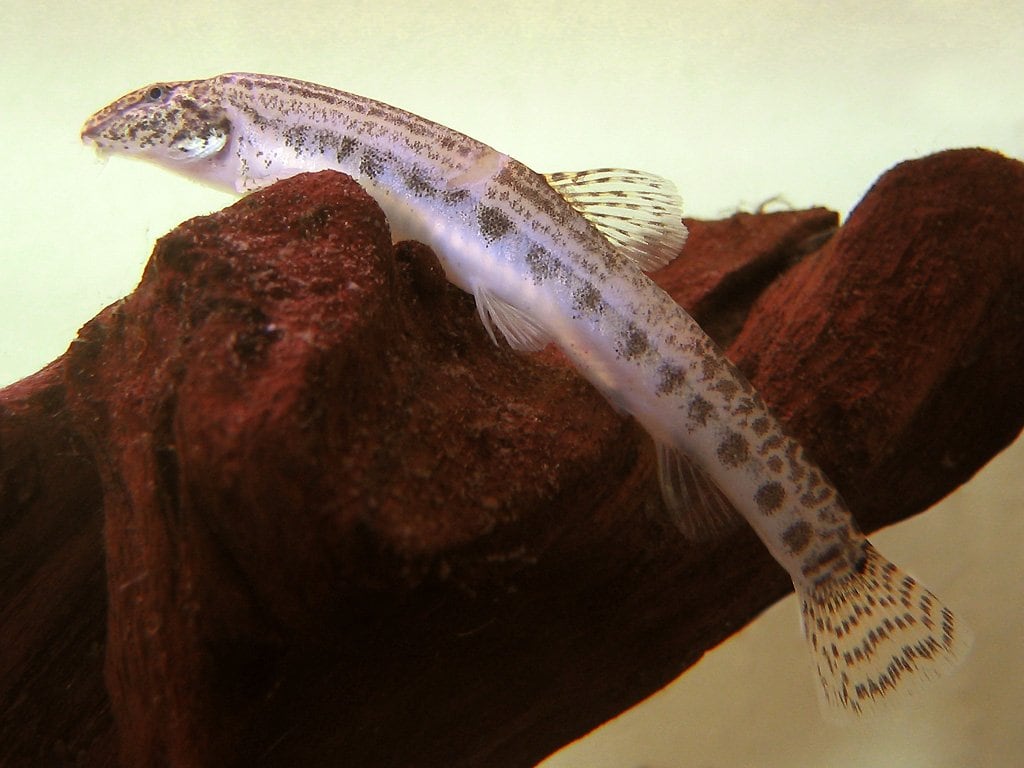
Spined Loach
Caesar nose and Zorro-stripes, the Spined Loach is a ground-dwelling survivor of a time when rivers drained into a river valley that is now known as the British Channel. With a 450,000 year long history to look back this ancient habitant of the British Isles is now documented in only five river systems. One of them is the river Mease, where research reveals that its genetics are most distinct from other English populations.

Otter
Growing up to 1.3 metres top to tail, this semi-aquatic mammal is an impressive predator with charming looks. Incredibly agile swimmers, they feed of water birds, fish and crustaceans. Vocal in their growls, chirps, whistles and growls, the otherwise elusive and nocturnal otter uses complex language to communicate with its peers.
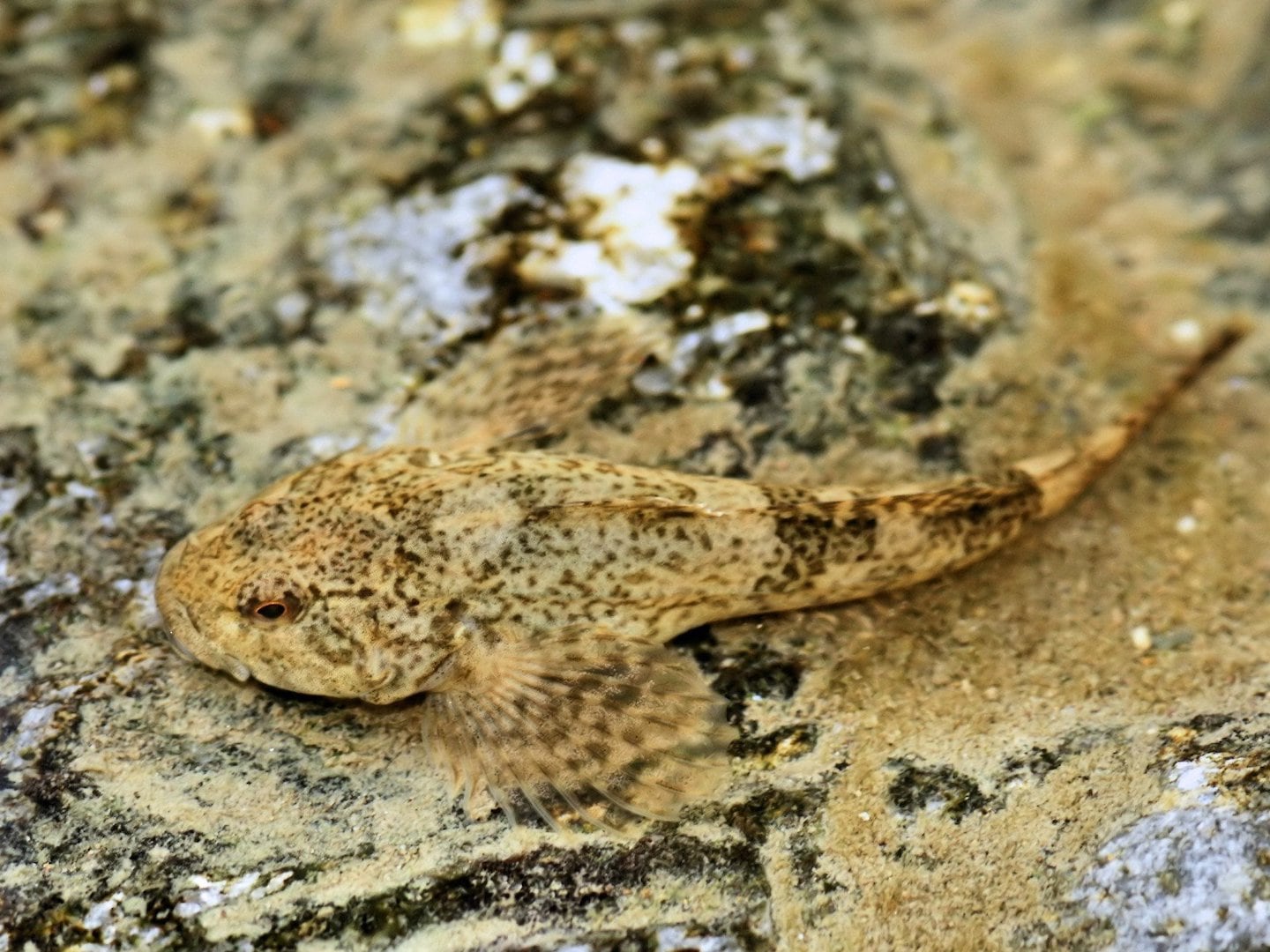
Bullhead
Also known as ‘Millers Thumb’, the Bullhead round and wide head forms the largest part of its body. Growing up to 8cm long, these fish are territorial and hide under stones or vegetation on the bottom of fast, stony rivers such as the Gilwiskaw Brook but are also found in the River Mease.
The adults possess no swim bladder, meaning that they naturally sink in the water. This has been linked to their relative lack of movement. Studies show that some will only move up to 10 metres over a period of 8-months with a home range based upon a single stone.
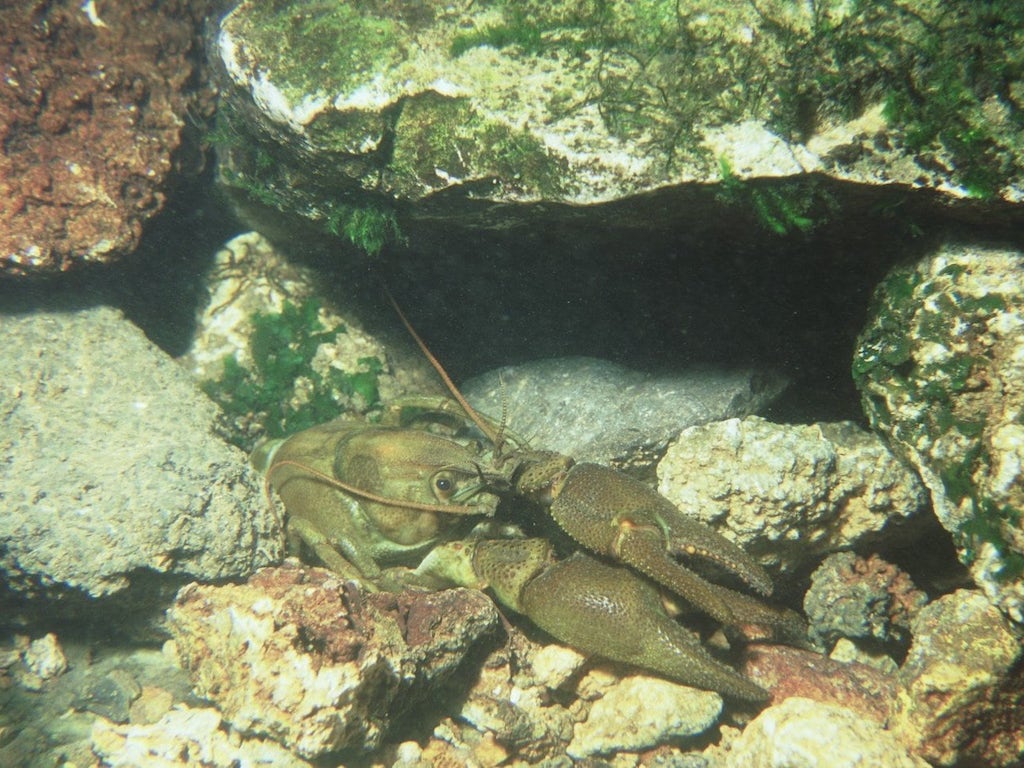
White Clawed Crayfish
The UK’s native crayfish look like tiny lobsters but only grow up to around 12cm long with large claws that are creamy coloured underneath. They typically live under rocks, logs, among tree roots and holes in river banks. Crayfish forage for food mainly at night, eating anything from invertebrates and carrion to water plants.
Sadly, our native species has come under threat, as its American counterpart, the Signal crayfish overpowers and predates on the now rare white-clawed local.
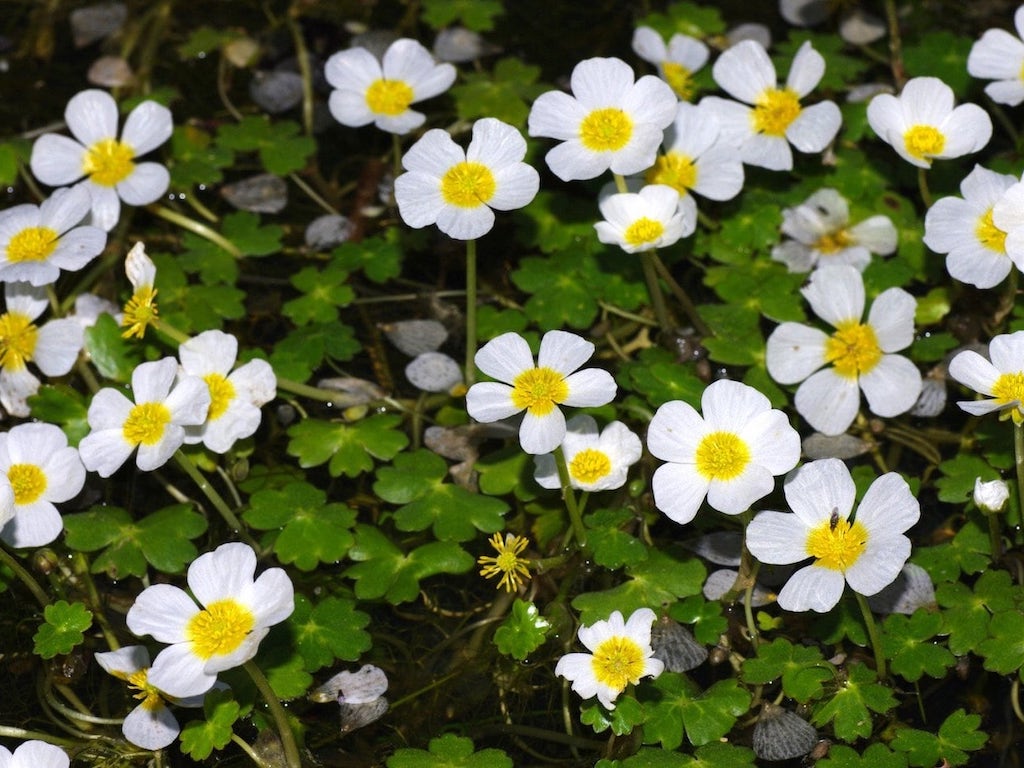
Water Crowfoot
An aquatic member of the buttercup family, with long trailing green foliage and small white flowers, water crowfoot is important in the River Mease.
It provides cover, food and habitat for fish, and is a structural feature of river channels. The foliage may modify water flow and promote fine sediment deposition. Water crowfoot needs clean flowing water. Amazingly, Water Crowfoot has adapted to survive brief periods without water, coming to resemble its land-based relatives.
Although this species is widely distributed in the UK, at a European scale this species is comparatively rare which makes the UK population of European significance.
